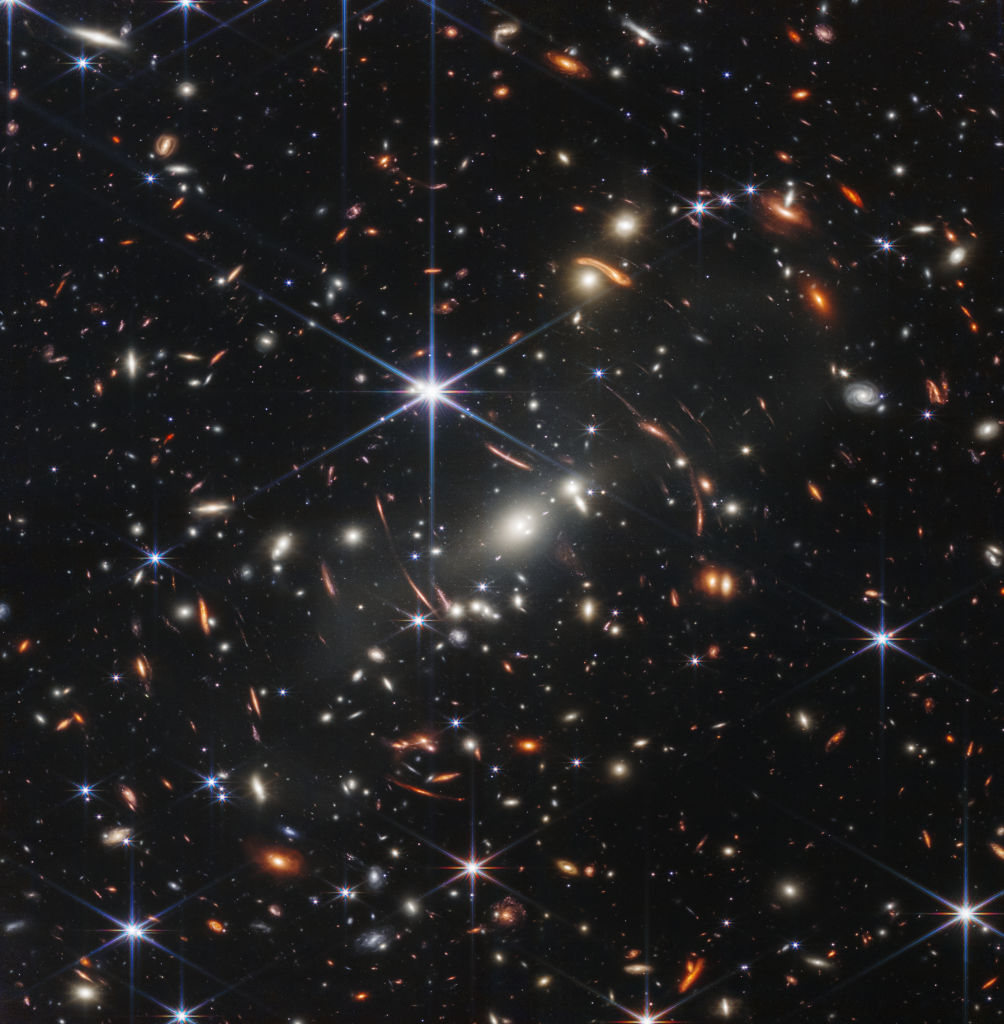NASA’s James Webb Space Telescope (JWST) has made a groundbreaking discovery, unveiling the locations of 200 galaxies whose distances from Earth were previously unknown. In an impressive display of its capabilities, the JWST captured the “Webb’s First Deep Field” image on July 11, 2022. This image, featuring over 7,000 galaxies, serves as a cosmic time capsule, offering astronomers a glimpse into the early stages of the universe.
Leading the exploration is Dr. Gaël Noirot, a researcher from Saint Mary’s University in Halifax, along with a global team of astronomers. This team, known as the Canadian NIRISS Unbiased Cluster Survey (CANUCS), has utilized JWST’s Canadian-made NIRISS instrument to not only determine the distances of nearly 200 galaxies but also measure their proximity to Earth. Their method involves using a cosmic GPS called “redshift,” which analyzes the colors exhibited by galaxies to estimate their distance.
The team’s research has led to the identification of three additional galaxy clusters positioned billions of light-years away from Earth. By studying these clusters across different cosmic eras, astronomers can observe their evolution throughout the universe’s history.
The Sparkler galaxy takes center stage in this cosmic performance, situated nine billion light-years away. This galaxy, along with others in its newfound cosmic neighborhood, provides valuable insights into the formation of star communities in the early universe.
The CANUCS team’s work on the “Webb’s First Deep Field” image has resulted in the largest JWST spectroscopic catalog of its kind, providing reliable redshift measurements. Co-author Marcin Sawicki, a professor and Canada Research Chair at Saint Mary’s, emphasizes the significance of their study as a valuable resource for the astronomical community and catalyst for further research.
The team’s findings have been published in the October 2023 issue of Monthly Notices of the Royal Astronomical Society. As the CANUCS team continues their cosmic exploration, more mind-bending discoveries are expected, thanks to the unprecedented capabilities of the James Webb Space Telescope.
Source: TechTimes.com

I have over 10 years of experience in the cryptocurrency industry and I have been on the list of the top authors on LinkedIn for the past 5 years. I have a wealth of knowledge to share with my readers, and my goal is to help them navigate the ever-changing world of cryptocurrencies.




